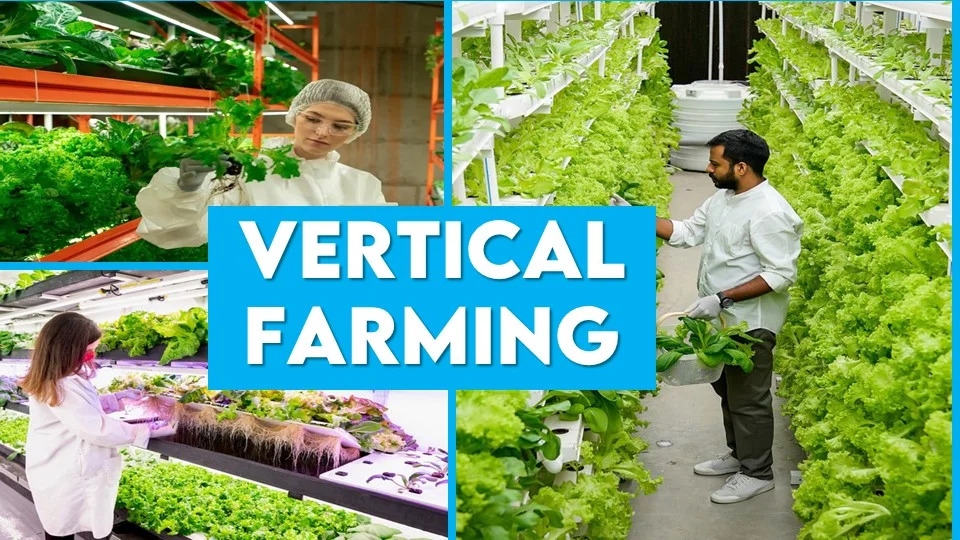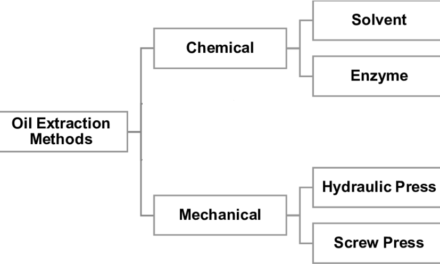Vertical farming offers numerous benefits for urban vegetable growers, making it an innovative and efficient solution for addressing the challenges of space, resource use, and food security in urban environments. By growing crops in vertically stacked layers or other vertical structures, urban farmers can maximize space, reduce transportation costs, and produce fresh, local vegetables year-round. Here are the key benefits of vertical farming for urban vegetable growers:
1. Space Efficiency
- Benefit:
- Vertical farming allows growers to make the most of limited urban space by using vertical layers or towers instead of large horizontal plots of land.
- Suitable for areas with limited arable land, such as rooftops, vacant buildings, or small urban lots.
- Impact:
- Allows for food production in densely populated urban areas where traditional farming space is limited.
- Enables growers to maximize yield per square foot.
2. Year-Round Crop Production
- Benefit:
- Controlled environments (such as indoor vertical farms or greenhouses) provide optimal conditions for growing vegetables year-round, regardless of seasonal changes or external weather conditions.
- Impact:
- Increases food security by ensuring a consistent, reliable supply of fresh vegetables.
- Reduces dependency on seasonal crop cycles, allowing for continuous harvests.
3. Reduced Water Usage
- Benefit:
- Vertical farming, particularly hydroponic and aeroponic systems, uses up to 90% less water compared to traditional soil-based farming.
- Water is recirculated in closed systems, significantly reducing waste.
- Impact:
- Ideal for urban areas where water scarcity may be a concern.
- Reduces water consumption, making it a more sustainable and resource-efficient method of farming.
4. Reduced Transportation Costs and Carbon Footprint
- Benefit:
- Urban vertical farms can supply locally grown vegetables directly to nearby markets, restaurants, and consumers.
- Reduces the need for long-distance transportation, minimizing fuel use and greenhouse gas emissions.
- Impact:
- Local food production reduces the carbon footprint associated with food transportation.
- Increases food freshness, as vegetables are harvested and delivered on the same day, reducing spoilage.
5. Improved Crop Yields
- Benefit:
- Vertical farming systems are optimized for plant growth, using controlled lighting, temperature, humidity, and nutrient delivery.
- Crops grow faster and more efficiently in these systems, often producing higher yields per square foot than traditional farming methods.
- Impact:
- Increases food production in smaller spaces, providing more vegetables per unit of land.
- Supports intensive farming in urban areas where traditional farming would not be feasible.
6. Reduced Use of Pesticides and Herbicides
- Benefit:
- Because vertical farms are typically indoor or controlled-environment systems, they are less susceptible to pests and diseases.
- The controlled environment reduces the need for chemical pesticides and herbicides.
- Impact:
- Results in cleaner, chemical-free produce, which appeals to health-conscious consumers.
- Supports organic farming practices without the challenges of outdoor pest management.
7. Local Job Creation and Community Benefits
- Benefit:
- Vertical farming can create local employment opportunities in urban areas, including jobs in farm operations, technology management, logistics, and sales.
- Offers opportunities for urban youth or people without agricultural backgrounds to engage in farming.
- Impact:
- Supports local economies and provides fresh food access to urban communities.
- Builds community resilience by promoting local food production.
8. Adaptation to Urban Challenges
- Benefit:
- Vertical farming can address several urban challenges, such as food deserts (areas without easy access to fresh produce) and urban sprawl.
- Utilizes underutilized spaces like rooftops, abandoned buildings, and vacant lots for farming.
- Impact:
- Provides fresh vegetables to areas with limited access to healthy food options.
- Helps transform unused urban spaces into productive farming areas, improving food accessibility and urban renewal.
9. Precision Farming Technology
- Benefit:
- Vertical farming often integrates technology like sensors, automated nutrient delivery, and climate control systems to optimize plant growth.
- IoT (Internet of Things) devices monitor plant health, moisture levels, temperature, and nutrient content, allowing farmers to make data-driven decisions.
- Impact:
- Improves efficiency and reduces waste by providing the exact conditions needed for each crop.
- Increases consistency and quality of the crops produced.
10. Food Security and Resilience
- Benefit:
- Urban vertical farms enhance food security by providing a reliable, local food source that is less susceptible to supply chain disruptions, climate change, and natural disasters.
- Impact:
- Ensures that cities have access to fresh, nutritious vegetables even during external disruptions (e.g., supply chain breakdowns, extreme weather events).
- Promotes food sovereignty, allowing cities to become more self-sufficient in food production.
11. Minimal Environmental Impact
- Benefit:
- Vertical farms produce less environmental waste than traditional farming. They typically have a smaller land footprint and lower impact on biodiversity.
- Many vertical farms use renewable energy sources like solar panels to power lighting systems, making them more sustainable.
- Impact:
- Reduces the environmental footprint of food production by using fewer resources and producing fewer emissions.
- Supports urban sustainability goals by promoting green infrastructure.
Examples of Successful Urban Vertical Farms:
- Aerofarms (USA): A leading vertical farm company, known for using aeroponic technology to grow leafy greens in a controlled, indoor environment.
- Sky Greens (Singapore): Uses vertical farming technology to produce fresh vegetables in a space-efficient manner, addressing local food security concerns.
- Plenty (USA): A technology-driven vertical farm that grows produce in a vertical setup using data analytics and automation for optimized farming.
Conclusion
Vertical farming presents a promising solution for urban vegetable growers, offering increased productivity, resource efficiency, and environmental sustainability. By maximizing limited urban space, reducing water usage, and enabling year-round production, vertical farming can help address challenges related to food security, climate change, and resource scarcity in urban environments. It is a sustainable and efficient way for cities to grow fresh vegetables locally and meet the needs of urban populations.
Hashtags
#GreenRevolution #Hydroponics #OrganicFarming #CommunityGardening #RooftopFarming #HealthyEating #FarmToTable #InnovativeFarming #EcoFriendly #FoodSustainability #ZeroWaste #HealthyLiving #GreenCities #FoodJustice #ClimateChange #FoodInnovation #SustainableLiving #FoodTechnology #GreenEconomy #FoodForThought









